Water-Efficient Landscaping Solutions
Chosen theme: Water-Efficient Landscaping Solutions. Transform your yard into a resilient, beautiful space that sips water wisely, cuts maintenance costs, and thrives through droughts—while inspiring neighbors to join a movement that conserves every precious drop.
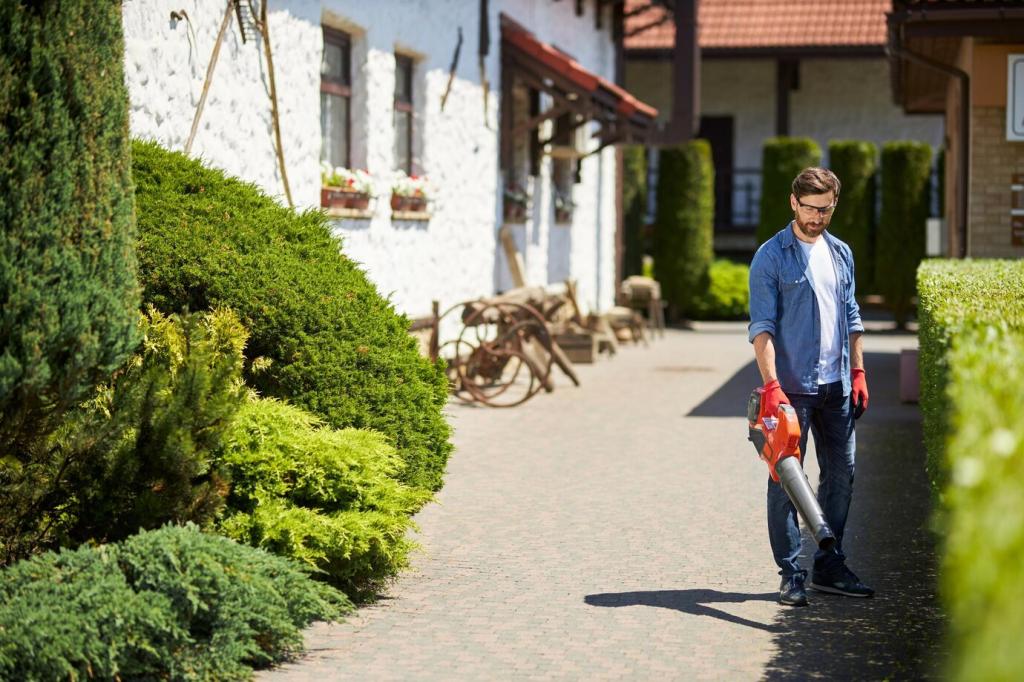
Why Water Efficiency Matters in Your Landscape
In many homes, outdoor watering can claim a significant share of total consumption, and inefficient systems waste astonishing amounts. By embracing Water-Efficient Landscaping Solutions, you reduce waste, guard against drought stress, and set a practical, eco-conscious example for your community.
Designing with Native and Drought-Tolerant Plants
Research locally native grasses, shrubs, and perennials that evolved with your climate. They root deeply, shrug off heat, and require fewer inputs. Ask in the comments for region-specific lists, and we’ll help you build a palette that looks stunning all year.
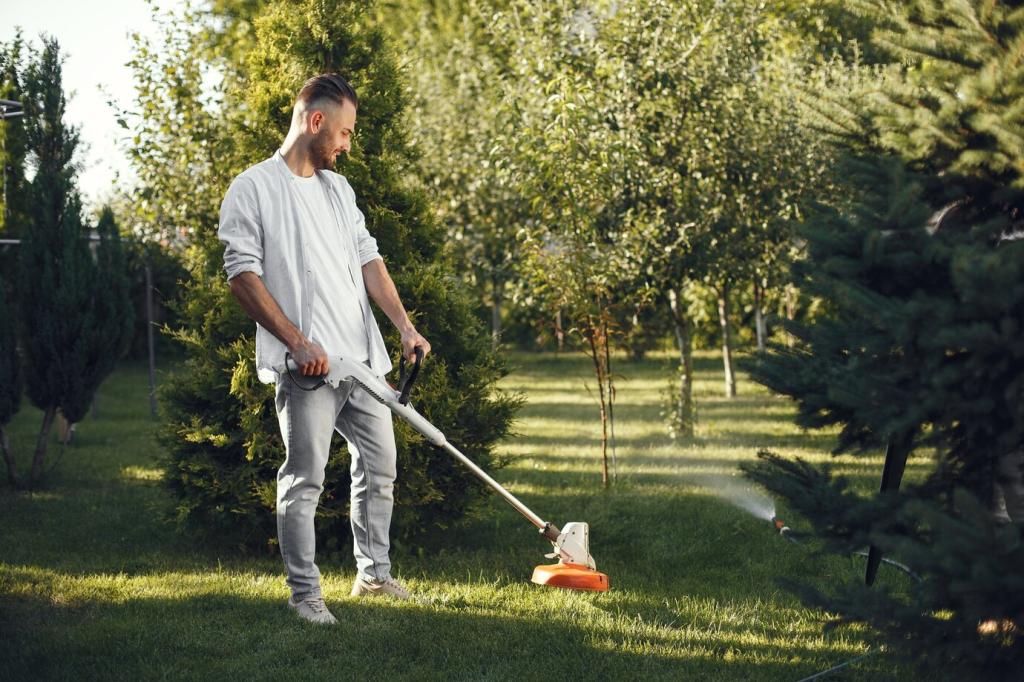

Conventional sprinklers often lose water to wind and evaporation. Drip lines and point-source emitters deliver moisture at the root zone, minimizing waste and encouraging deeper roots. Start with a pilot zone, then expand once you see healthier plants and lower bills.

Weather-based controllers adjust schedules with temperature, rainfall, and evapotranspiration insights. Pair them with soil moisture sensors to skip unnecessary cycles. Comment with your controller model, and we’ll share a fine-tuned baseline schedule to test this season.
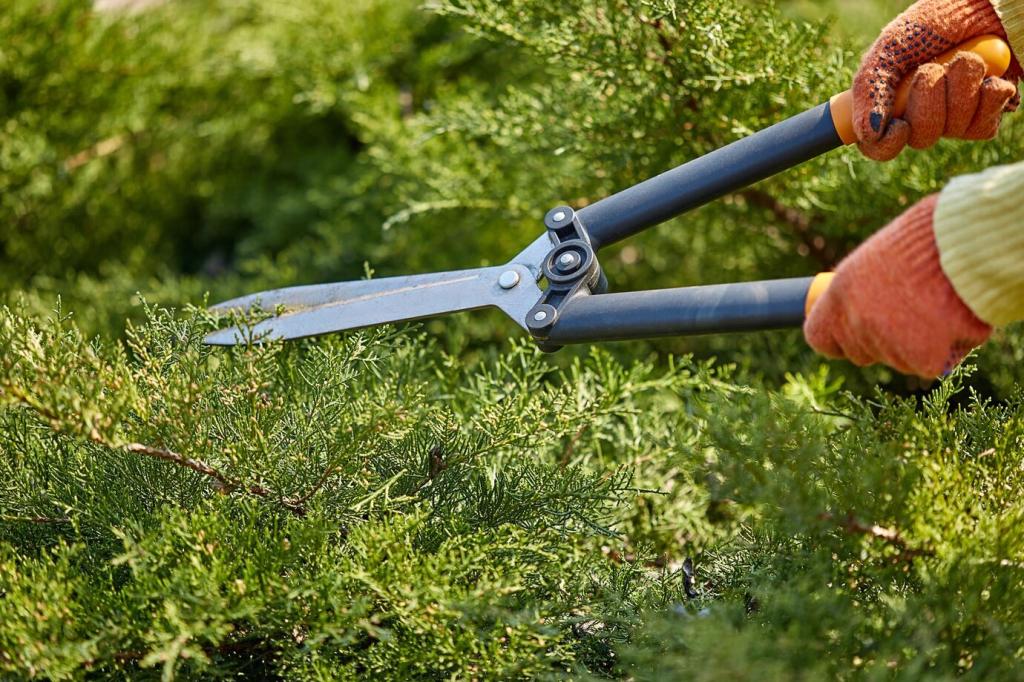
Convert existing spray zones to drip using retrofit kits and pressure regulators. Cap off unnecessary heads, and map emitter flow rates to plant needs. This stepwise approach cuts waste quickly and shows measurable savings you can celebrate and share with subscribers.
Soil First: Compost, Structure, and Mulch
Blend compost into planting areas to improve structure and water retention. Loamy, living soils store more moisture between waterings, supporting deeper roots and steadier growth. Share your soil test results, and we’ll suggest tailored amendments for lasting efficiency.
Soil First: Compost, Structure, and Mulch
A two-to-three-inch mulch layer reduces evaporation, suppresses weeds, and shields roots from heat. Choose locally available materials—shredded bark, wood chips, or gravel for arid designs—to fit your aesthetic while pushing your Water-Efficient Landscaping Solutions further.
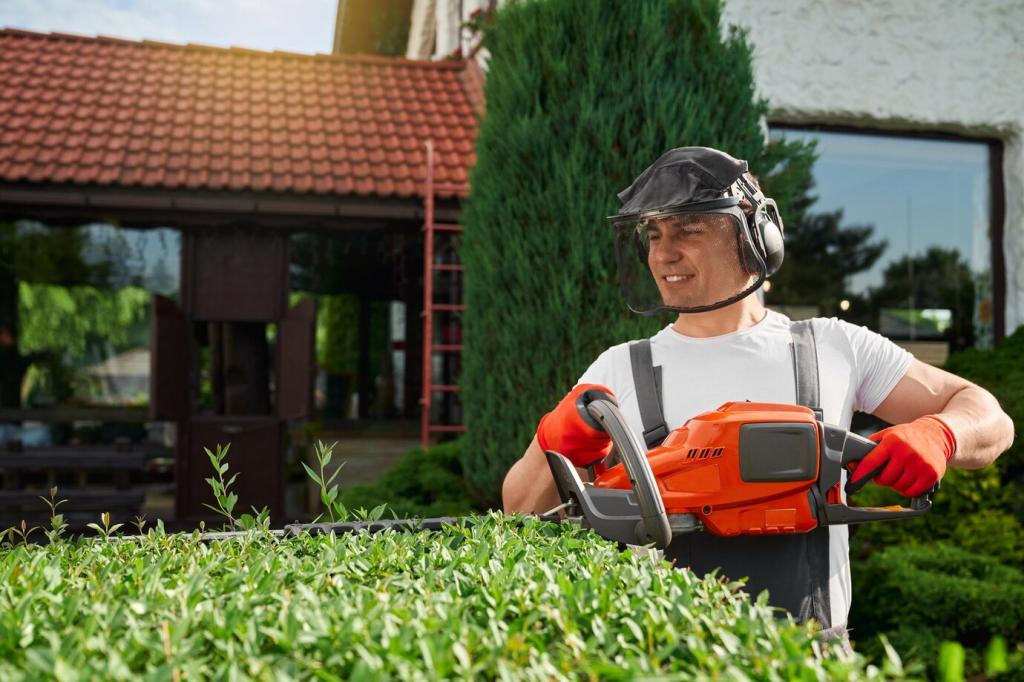
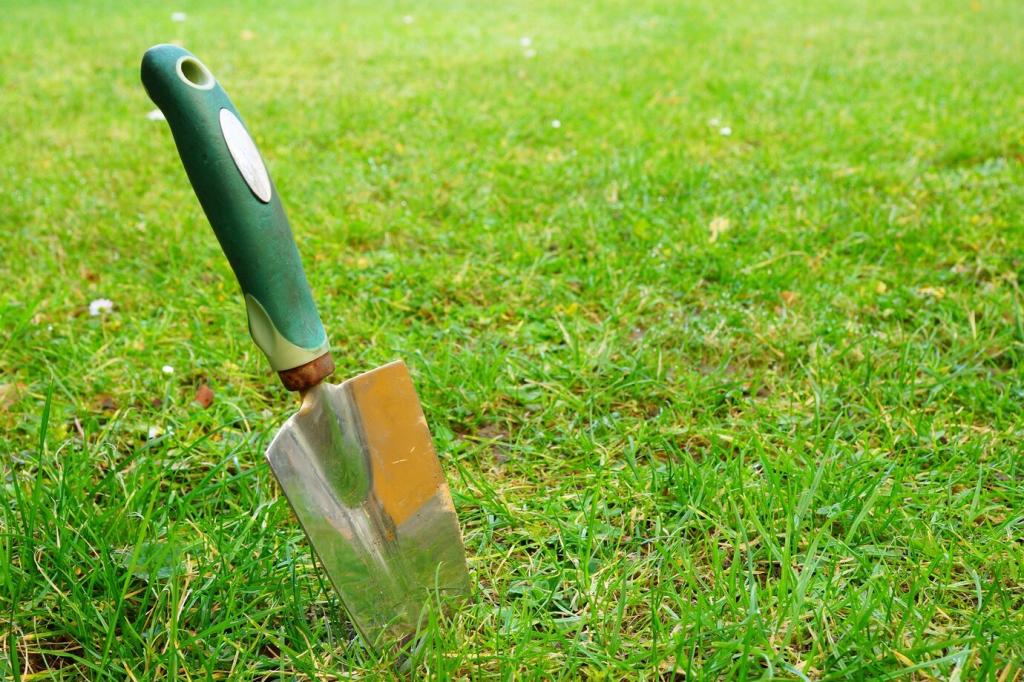
Beyond Lawn: Meadows, Groundcovers, and Permeable Paths
Climate-Appropriate Meadows and Groundcovers
Mix low-water grasses with wildflowers or choose resilient groundcovers like thyme or sedum. These plantings create movement, habitat, and seasonal interest without heavy irrigation. Post your sun hours and soil type, and we’ll suggest a starter seed mix to test.
Permeable Hardscapes that Manage Stormwater
Gravel, decomposed granite, and permeable pavers reduce runoff and puddling while complementing drought-tolerant plants. They also lower irrigation zones by replacing high-water lawn. Ask about base prep in the comments to ensure long-lasting, stable, and drain-friendly pathways.
When Artificial Turf Makes Sense—and When It Doesn’t
Synthetic turf can cut irrigation but may heat up and reduce soil life. Consider small, purposeful areas only, combine with shade and permeable edges, and maintain proper sanitation. Share your goals, and we’ll weigh options to protect both comfort and conservation.
Maintenance Habits That Multiply Savings
Early morning watering reduces evaporation and disease pressure. Deep, infrequent cycles encourage roots to chase moisture below the surface, increasing drought resilience. Share your climate zone and runtime, and we’ll help fine-tune intervals for stronger, thriftier growth.
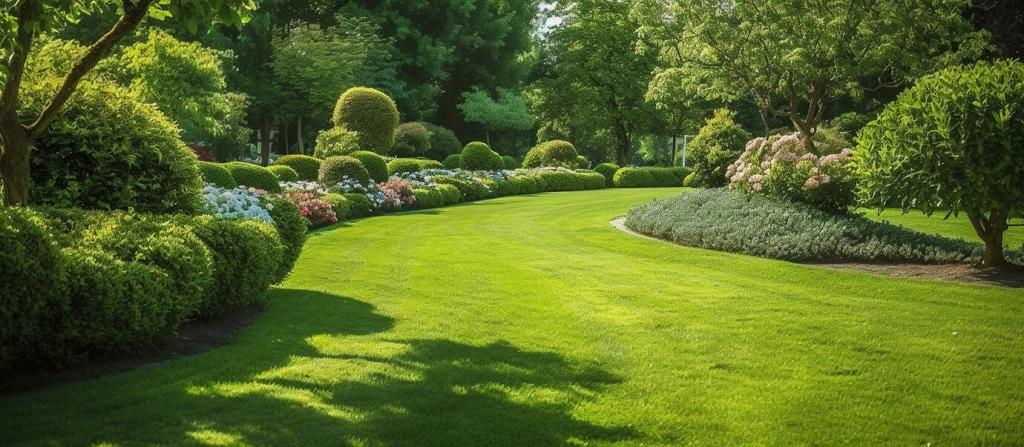

Maintenance Habits That Multiply Savings
Walk your system monthly to spot clogged emitters, broken lines, or over-spraying heads. Small leaks add up quickly. Keep spare parts on hand and note meter readings. Comment with issues you find, and we’ll troubleshoot together step-by-step.
